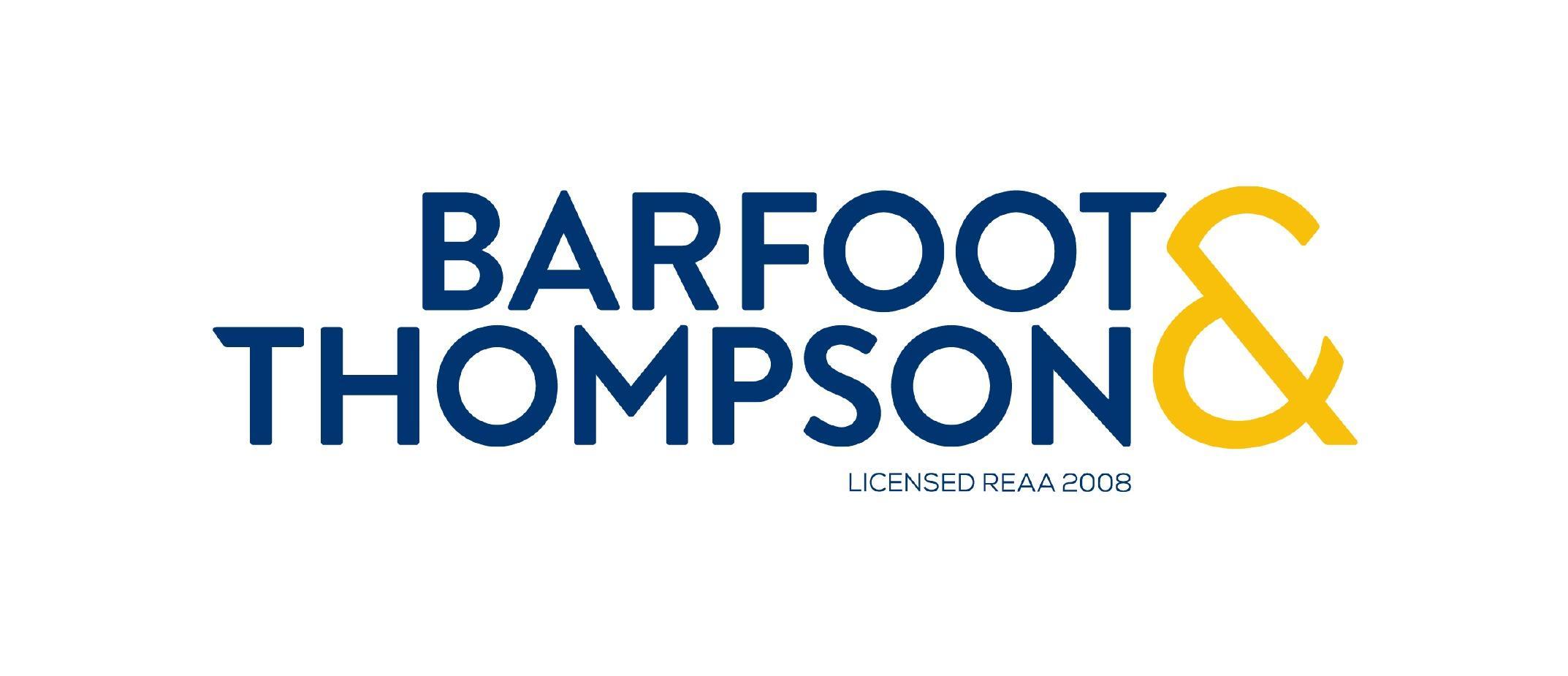There’s no doubt that the economics of property investment in NZ have changed dramatically in a short space of time since the market unexpectedly surged in the wake of COVID originally hitting our shores. True, mortgage rates fell sharply, and that triggered a wave of renewed property demand – alongside the temporary removal of the loan to value ratio speed limits and a continued lack of available listings on the market – which have all combined to deliver large capital gains pretty much everywhere. Apart from MacKenzie District (5.5%), every area of the country has seen at least a double-digit rise in property values in the past 12 months, with Wairoa all the way up at 53.2%.
But the flipside of those strong gains has been political pressure to ‘do something’, and a lot of that attention has focused on investors, including a raft of new regulations. LVRs are now capped at 60%, interest deductibility is being slowly phased out for existing landlords (and it’s gone already for buyers of existing properties), and minimum floors for serviceability interest rates could be a reality pretty soon too.
Moreover, the sharp increases in property values have resulted in falls in gross rental yields, from almost 3.5% a year ago (national average) to only about 2.8% now. Auckland has fallen pretty close to 2%. So the revenue side of the equation for landlords has come under pressure while at the same time costs have risen – not to mention the looming strains from higher mortgage rates. Rising interest rates will of course also put a dampener on any capital gains on offer.
So where to next? Obviously the latest round of COVID-related restrictions have been unwelcome and have created considerable uncertainty. But even so, our expectation is still that over the next 6-12 months the pace of growth in average property values will slow significantly and over the longer term you’d have to assume price growth will be less in future than it has been in the past – e.g. because of higher mortgage rates, but also a petering out (or complete end) to the structural shift to two-income households.
This suggests that a focus on ‘old fashioned’ income and expenses would make sense; controlling costs, maybe looking at paying off some principal, and securing properties that have the maximum-possible yield at the start. What and where might these be? Our figures show a yield of 6.8% for three bedroom apartments in Newton/Grafton (Auckland) and 6.4% for one bedroom apartments in Lambton (Wellington). Other areas to note could be three bedroom houses in Central Invercargill/Bluff (5.4%) or Aranui/Bromley/Bexley in Christchurch (5.2%). Sure, yields in other areas such as Buller or Grey look higher on paper, but that likely comes with a higher risk of vacant periods – and of course the yield is precisely zero when no rent is coming in.
More generally, we’ve seen the sticks for property investors in terms of tighter rules, more lending restrictions etc – but now might be the time for the Government to look at carrots for other asset classes, such as tax breaks for KiwiSaver, and/or scope to make some earlier withdrawals if required. Whatever happens, there’s never a dull moment when it comes to property investment.
This is a guest blog submission from Kelvin Davidson from CoreLogic NZ. Guest submissions are a way for APIA members to share their views and experiences with each other and do not necessarily reflect the views and position of the APIA. The content of this article is general in nature and not intended as a substitute for specific professional advice on any matters and should not be relied upon for that purpose.

ABOUT THE AUTHOR
Kelvin Davidson
Kelvin is the Chief Property Economist of CoreLogic NZ. Prior to joining CoreLogic, Kelvin spent 15 years working in private sector economic consultancies in NZ and the UK, and he is well practised in applying macroeconomic trends and data to the property market.













Add Comment